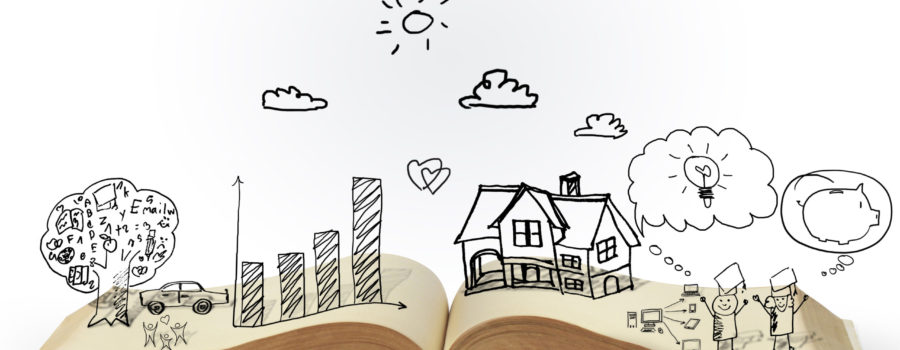Think about your life. No, seriously, take a minute and think about it. Now imagine condensing all of those memories, experiences and important moments into one tidy timeline. It sounds daunting, no?
Well, that’s precisely what today’s blog post is all about! We’ll help you map out the significant mile markers of your life so you can start writing your biography (or at least have an idea of where to start from). So grab a pen and paper (or pull up a blank document on your computer), and let’s get started!
You can draw it on paper, use a wall with cards or use a program like Microsoft Excel. It’s easy to make, and you can customize it however you want. Here’s how to make one:
Let’s use, as an example, the basic timeline structure from Adrian, a 90 years old man. This graph is from the MemoFolio application that integrated this approach into the chronology.

First, break it down by the different age groups using our example:
TODDLER YEARS (0 to 5, so from 1932-1937)
This period of growth might include the following stories you can remember or some you would learn from the family:
- Your first steps and potty training
- Your baptism depends on your religion
- Your first anniversary and first steps
KID YEARS (5 to 13, so from 1937 to 1945)
This period of childhood might include:
- The primary school years
- The building of a friendship circle
- Your first bike as a symbol of freedom
- Your interest in sports and other activities.
TEEN YEARS (13 to 18, so from 1945 to 1950)
This period of discovery and rebellions is undoubtedly not lacking events:
- The high school years
- Puberty is kicking, and the craziness of hormones
- The first love and kisses
- High school and starting making choices for ourselves
- The discovery of your taste in music and other media
- The first attempt with alcohol and drugs
YOUNG ADULT YEARS (18 to 21, so from 1950 to 1953)
This period of the first step into long-lasting decisions contains:
- The college years
- Relationships are growing further, heading to engagement and possibly marriage
- Your career choice is more and more decisive
- Leaving the nest, learning to drive and the possible first car
ADULT YEARS (21 to 40, so from 1953 to 1972)
This period of responsibility contains:
- Building experience at work, climbing the ladder
- Purchase of a house, travelling and grown-up money
- The family addition with the birth of kids
- The time of energy, but not so much time and available money
MIDDLE AGE YEARS (40 to 65, so from 1972 to 1997)
This period of gathering using all your work experiences might contain:
- The midlife crisis, where everything gets reevaluated depending on your life so far
- Work responsibility changing and moving up the ladder, experience paying up
- The family is growing up
- Travelling and discovering more of the world
- Refinement in taste and activities
- The body is changing and getting older
- The time of available time, but not so much money and energy
SENIOR YEARS (65 to now, so from 1997 to 2022)
This period of wisdom might contain:
- The retirement from the work life
- Time with the grand-children and birth of a new generation of grand-kids
- Death of loved ones around
- Health issues and dealing with the new body limit
- The time of available money, but not so much time and energy
Second, start by positioning all the decisive events in your life at least by years. This could include your birth, graduating from high school or college, getting married, etc. Use different colours, even the left or right sides of your timeline, to differentiate the positive and adverse events. If you need more space for details, you can add another column next to each event. It is your timeline anyway, by doing this, more and more memories will arise.
Third, add the world events on the right side of your timeline using the example. The memories of where you were when you experienced them and your entourage reacted to it. What were the changes observed in the world after these events? It will add your perspective on these events when your future generations learn about them. Just imagine them telling how someone in the family went through them with details and not just based on the year.
There’s no wrong way to do this – ensure everything is clear and easy to read. When finished, hang it up somewhere so you can always reflect on your life and start writing about it!




